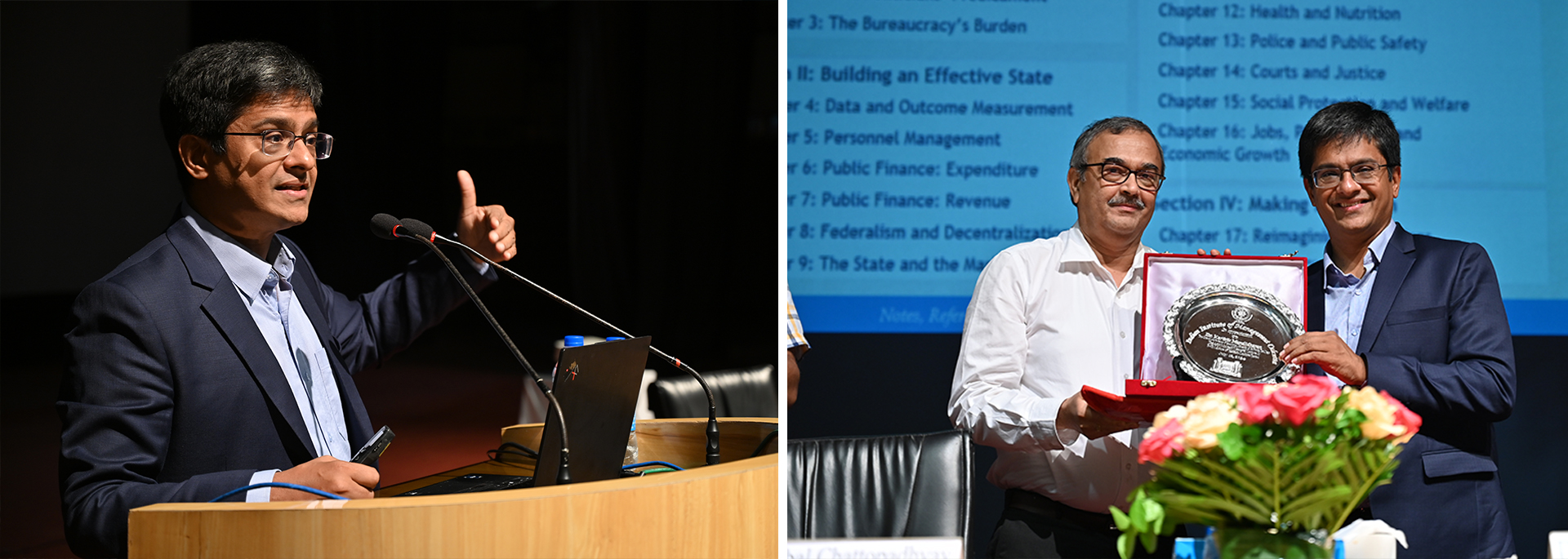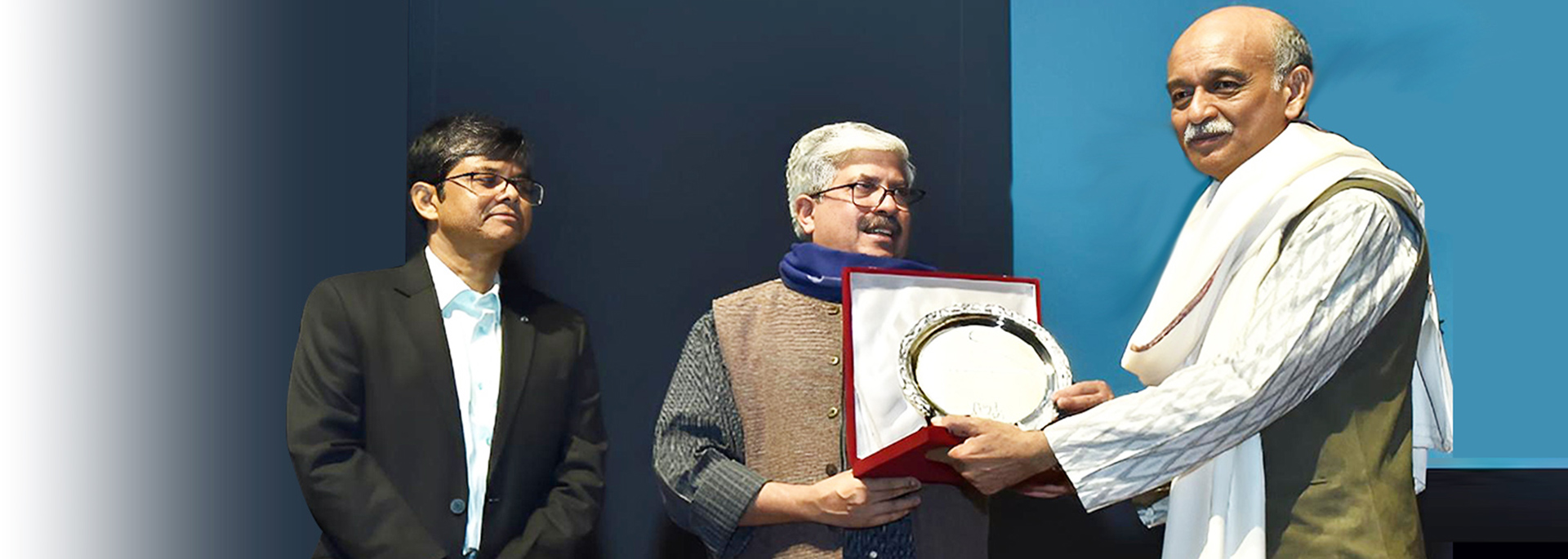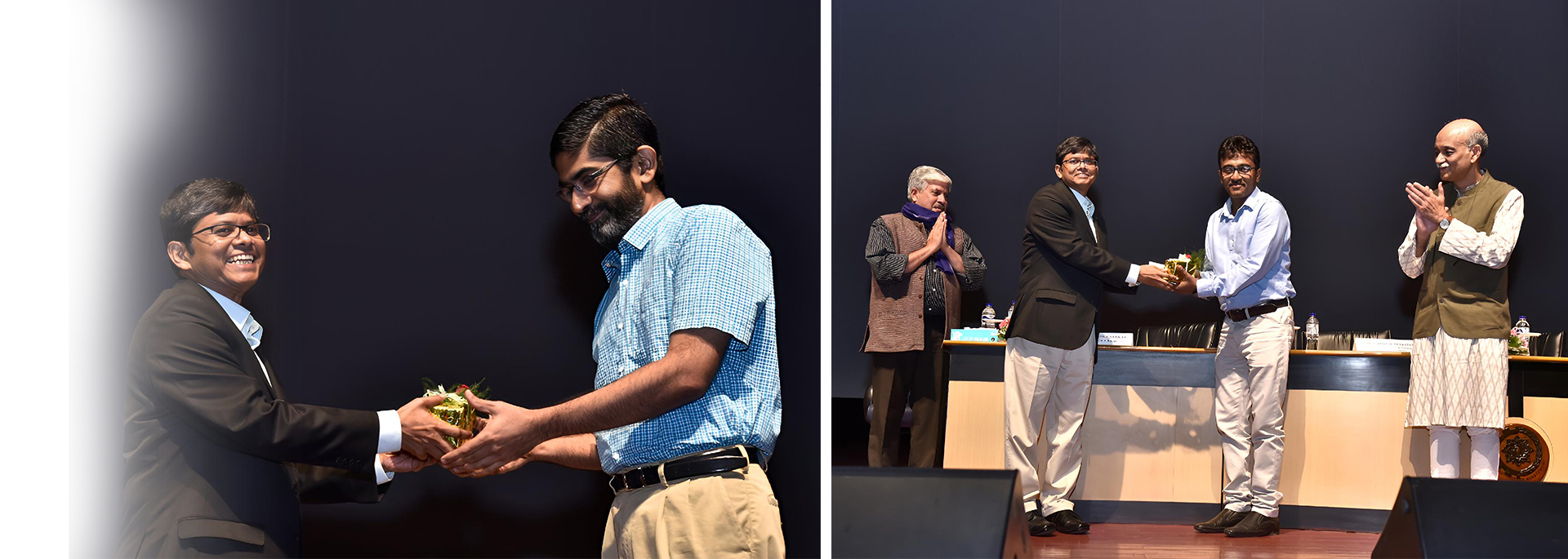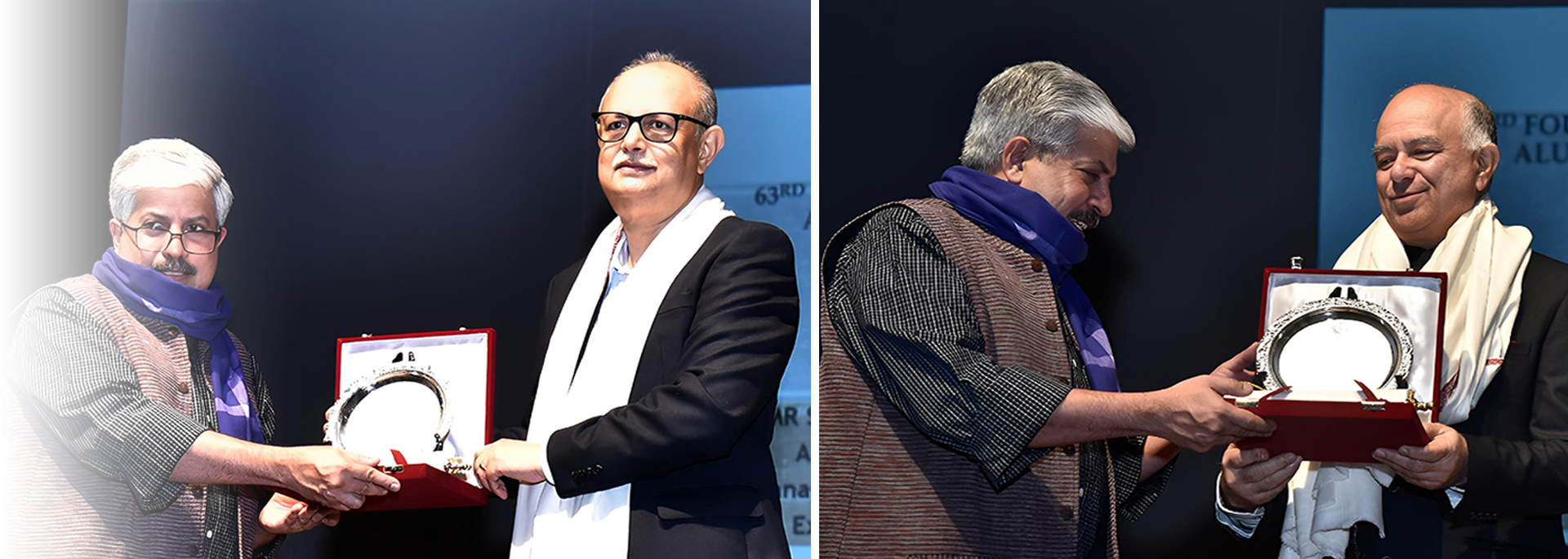Live Mint
Mumbai: With 16 months to go before it launches its banking operations under the brand IDFC Bank, infrastructure financier IDFC Ltd is in the process of creating an operating model that will offer quality banking services at a low cost, chief executive officer (CEO) and managing director Vikram Limaye said.
IDFC has also set up a project management office to assist in its banking venture.
“The key will be to keep the cost-to-income ratio lower than the industry average. If cost-to-income ratio of existing banks is in the 45-50% zone, we would like it to be in 35-40% zone,” Limaye said in an interview.
The project management team is working on the front-end design, mobile applications and on interaction with customers through social networks in order to cut costs and stay flexible.
Limaye said the bank will be able to offer a return on equity (RoE) of 20-25% to its investors as there are no legacy costs involved. Also, the bank will not require any incremental funding for the next six-seven years, he said.
The infrastructure finance company is following a multi-pronged strategy including setting up an experienced leadership team and building a flexible technological architecture to keep up with rapidly evolving technology.
Being one of only two companies to receive in-principle approval from the Reserve Bank of India (RBI) to set up a bank, Limaye feels that the firm is in a “sweet spot” because there won’t be much competition in hiring.
Twenty-six firms applied for a licence. On 2 April, RBI gave in-principle approval to IDFC and microlender Bandhan Financial Services Pvt. Ltd to set up banks—only the third set of private sector lenders to get licences in two decades. The approvals are valid for 18 months, during which the firms will have to comply with RBI norms for setting up a bank.
“It is advantageous for us that only two licences were given and Bandhan is a smaller entity, so we do not have so much competition in hiring as compared to what it would have been if five-six new licences had been issued. It would have been a crowded landscape otherwise,” said Limaye.
Less competition will allow IDFC to be more “selective” in hiring. “A lot of experienced bankers have shown interest in joining us,” Limaye said.
IDFC will start its banking operations in October 2015. Avtar Monga, formerly with Bank of America-Merill Lynch, has been brought in to head operations and technology. Ajay Mahajan, formerly with Yes Bank Ltd, will be leading the markets and institutional banking team.
Limaye also said, without disclosing details, that IDFC had hired two people for the post of chief risk officer and head of “inclusion banking”, who will join the firm in July.
RBI has stipulated that the new banks should have 25% of their branches in unbanked areas. Initially, IDFC will be targeting the southern and west-central parts of the country to launch branches in unbanked areas.
However, Limaye accepts that it needs expertise in retail and rural banking for which hiring is underway. At present, 90% of IDFC’s Rs.59,829 crore loan book comprises infrastructure loans to corporations.
Competitors, however, feel that IDFC will face challenges in building a retail franchise.
G.S. Sundararajan, group director at the Shriram Group, one of the applicants for a bank licence, said IDFC was largely focused on institutional sales and does not have a retail franchise.
“So the challenge could be creating a strong brand and simultaneously creating a huge retail franchise., he said.
V.K. Unni, who teaches public policy at the Indian Institute of Management, Calcutta, said maintaining the statutory liquidity ratio (SLR) and meeting priority sector lending requirements will also be a challenge.
SLR is the proportion of deposits that banks need to invest in government bonds and approved securities; it is currently 23.5%. Banks are required to channel 40% of their loans to small companies, agriculture and other borrowers under priority sector norms.
“However, I feel that they will be able to meet all these quite comfortably, as they already have a very good management team with top talent who are extremely competent to deal with these challenges,” Unni said.
As per RBI guidelines, IDFC is in the process of setting up a non-operating financial holding company and will bring down its foreign shareholding to less than 50%. “If the foreign shareholding does not come down automatically by way of shares changing hands in the market, we will be issuing shares to domestic shareholders in order to reduce the overall foreign shareholding in IDFC,” Limaye said.
A demerger process will have to take place in order to bring all the financial services businesses under the non-operating financial holding company. The demerger process is likely to take seven-nine months, Limaye said, adding that the bank will be listed from the first day and each IDFC shareholder will get an appropriate number of shares in the bank as well.
In the meantime, till the banking company is launched, IDFC wants to focus on what it does best—infrastructure lending—“especially as sentiment is reviving and growth is coming back”.
The new government has listed infrastructure building as a key priority for India as it seeks to boost economic growth that slumped to sub-5% levels in the past two years.



.png)




